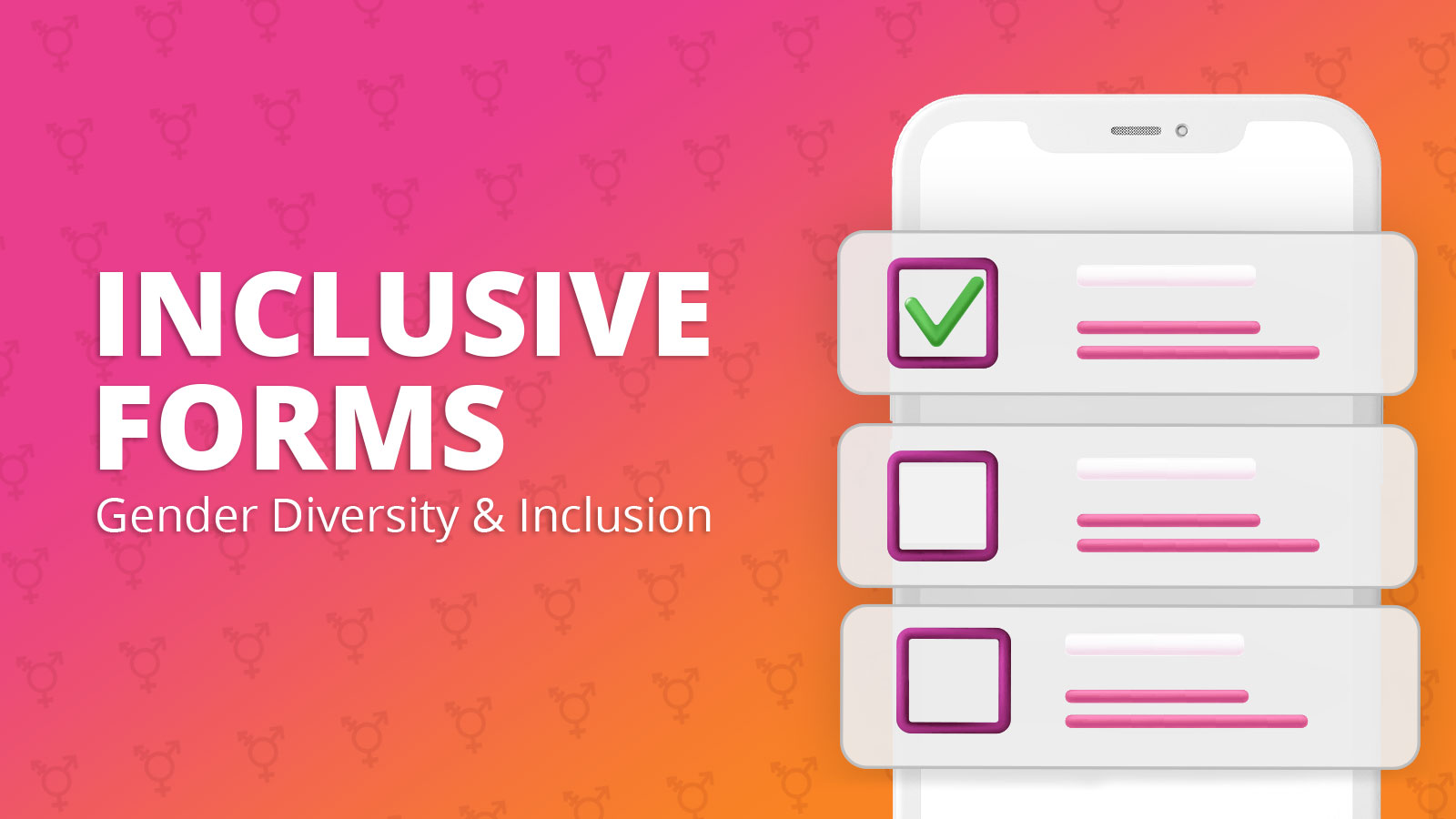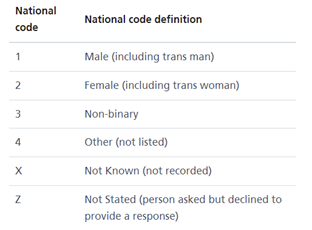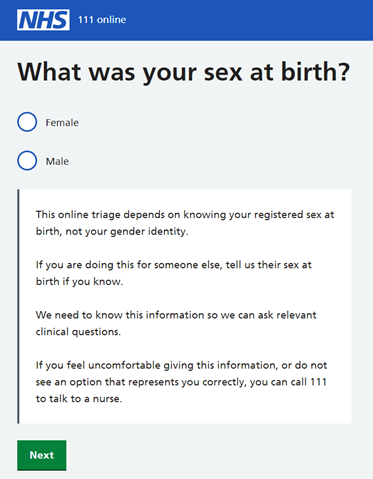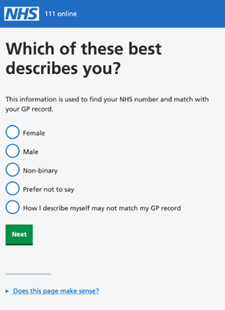Blog
CATEGORY: knowledge-hubemail-marketing
Designing forms for gender diversity and inclusion

We understand how asking about someone's gender on a form can be a sensitive and controversial issue. Gender is a personal characteristic, and it may not always align with what someone’s sex at birth. Individuals may identify as a gender that differs from the one they were assigned at birth.
In order to be inclusive and respectful of all individuals, it is important to consider the language used when asking about gender on forms. Our best practice would be to use the options ‘Male’, ‘Female’, ‘Other’ and ‘Prefer not to say’.
This gives you the two most common ways that represent gender as well as using the word ‘Other’. ‘Other’ is often a good option to include when collecting personal data or sensitive topics as it means you are open to there being more then male and female. It is also important to note that not all individuals feel comfortable disclosing their gender. The ‘Prefer not to say’ option is also good to add as it demonstrates respect for their privacy and personal information.
The NHS Digital service manual states that when collecting personal data or sensitive topics you may need to take into consideration that using the term ‘other’, might make people feel like you are not being considerate enough to be more specific on people’s personal circumstances.
Read more: Consider the sensitivities around your questions
Government organisations have chosen to use a variety of different options when displaying gender on a form. We have picked out the most well known and most used forms out there to discuss so that you don’t have to.
NHS
The NHS use a National code ranging from 1-Z. This code captures how patients tell providers how they would like their gender to be recorded. This code covers many of the options that you would need to give to your audience to get the most accurate data however the broadness of the options may become overwhelming.

If you would like to learn more about this, please see the NHS 75 digital website and their page on Gender identity and why it is so important.
Census
The census ask two different types of questions. First one on sex and then one on gender.
What is your sex?
A question about gender identity will follow later in the questionnaire
[ ] Female
[ ] Male
Is the gender you identify with the same as your sex registered at birth?
This question is voluntary
[ ] Yes
[ ] No
(Enter gender identity)
This is because the term ‘gender identify’ was found to have high acceptability and was easier to understand by people rather than the term ‘trans’. The term “registered at birth” is used to ensure reference to what was put on the birth certificate at that point in time.
See the Office for National Statistics website to read more.
NHS 111
The NHS have used multiple ways of asking this question. Firstly, using only the terms ‘male’ and ‘female’ along with text giving more clarify on what the question is asking. As well as this they have described what to do if the option that represents you is not shown.

The other way that they have chosen to ask this question is by adding more options to select from. This gives a broader range of what someone can be and in turn is more inclusive.

When asking about someone's gender on a form there are some things that you may want to keep in mind.
Why are you asking: You must have a good reason for asking about someone's gender, and you can only use the information for that reason.
Keep it simple: Only ask for information you really need.
People’s rights: People have the right to see, change, or have their information deleted. You must follow these requests unless there is a good reason not to.
Keep it safe: Make sure the information is protected and kept secret.
Solutions
Email marketing healthcheck
We are confident that we can help you, which is why we offer a free healthcheck to identify potential issues with your current programme and free advice on things that could be done to improve it.